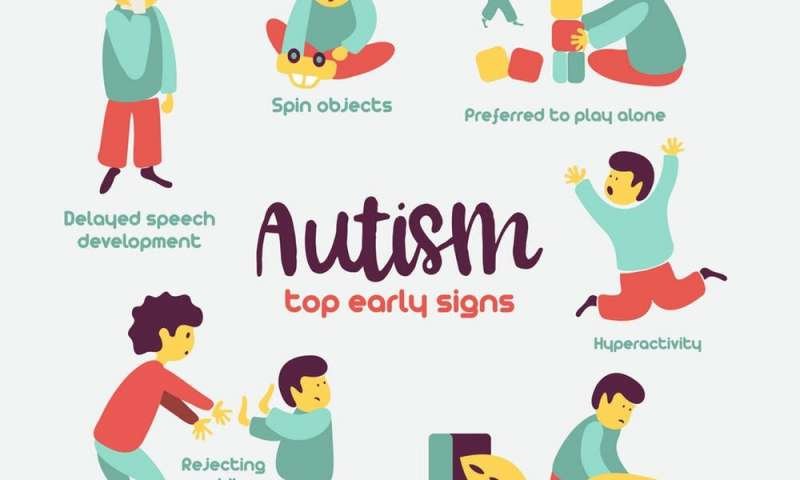As a parent or caregiver of a child with autism spectrum disorder (ASD), you may be familiar with the unique challenges and rewards that come with supporting a child with this condition.
While there is no known cure for ASD, there are numerous evidence-based treatment approaches for ASD that can help manage symptoms and improve your child’s quality of life.
In this blog post, we’ll explore five innovative and effective strategies, from sensory-friendly activities to social skills training, that can help you work with your child with ASD and support their growth and development.
Strategy #1: Support Routines and Transitions
When working with a child who has autism, there are strategies called support routines and transitions that can be used to help them.
Children with autism may not like sudden changes to their daily routine, so it is important to have a structured routine and a schedule they can see.
You can use a visual schedule or a first-then board to show them what will happen next. It’s also helpful to minimize the number of changes or transitions between activities.
If there is a change, support can be given to help the child feel more comfortable and confident. This could be during a change in activity, a change in location, or any disruption to their routine.
Strategy #2: Use Visual Cues
Children with autism often struggle with verbal communication, so using visual cues can be a powerful tool for helping them understand and interact with the world around them.
Research shows that visual supports, like pictures or sign language, work well for children with autism. Visual aids help them understand social cues, directions, and expectations and feel like they have control.
Visual schedules and supports show each step of a routine or activity using objects, drawings, or pictures on electronic devices.
Different types of visual supports include first-then boards, visual schedules, social stories, and video modeling. These tools help children with autism learn and understand things better than just hearing them spoken aloud.
Strategy #3: Use Special Interests as a Gateway to Learn
One of the unique strengths of children with autism is their intense focus on certain interests or hobbies.
They often have one or two topics they really love. By tapping into these interests, you can create opportunities for learning and engagement.
For example, if a child loves trains, you can use books, videos, or even field trips to teach math, history, and science concepts through the lens of trains.
Some schools even have clubs based around special interests to help children with autism socialize with others who share the same passion.

Strategy #4: Build on the Child’s Interests and Offer a Predictable Schedule
In addition to using special interests as a learning tool, it’s important to create a consistent schedule that children with autism can rely on.
This can include creating a daily routine for meals, playtime, and rest, as well as incorporating predictable activities that the child enjoys, such as reading time, music, or sensory play.
- Creating a predictable schedule for the week can help establish a routine.
- Writing a social story with the child or using visuals can help them understand any major changes that might cause anxiety.
- Adding visual or structural supports to classroom instruction and providing meaningful routines can also be helpful.
- Structured play activities with clear goals can help children with autism learn important skills like sharing and social skills.
Other teaching strategies include using rewards for good behavior, breaking down tasks into smaller steps, and incorporating special interests into learning activities.
These different approaches can help children with autism learn, grow, and feel more comfortable in different situations.
Modeling Appropriate Behavior and Acknowledging Compliance
Besides the above-mentioned treatment approaches for ASD, it’s important to model positive behavior and reinforce good habits. This can be especially important for children with autism, who struggle with social cues or understanding appropriate behavior.
It can also be helpful to model good behavior for other students in the class. Using strategies like praising good behavior and correcting bad behavior can help achieve goals.
To deal with non-compliant behavior, it’s important to give clear instructions and use gestures or modeling. Positive reinforcement, like giving attention, praise, or rewards for good behavior, can also increase compliance.


